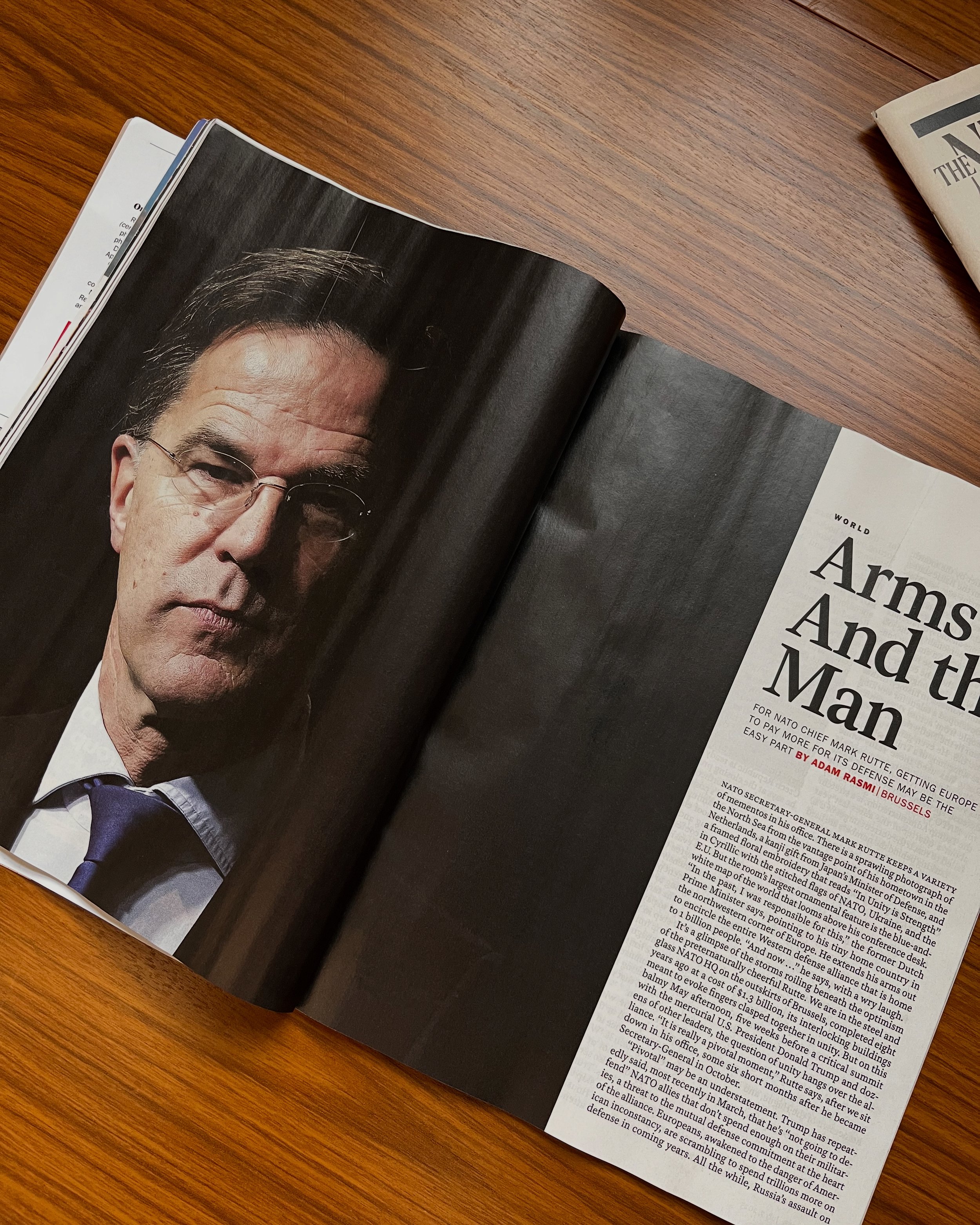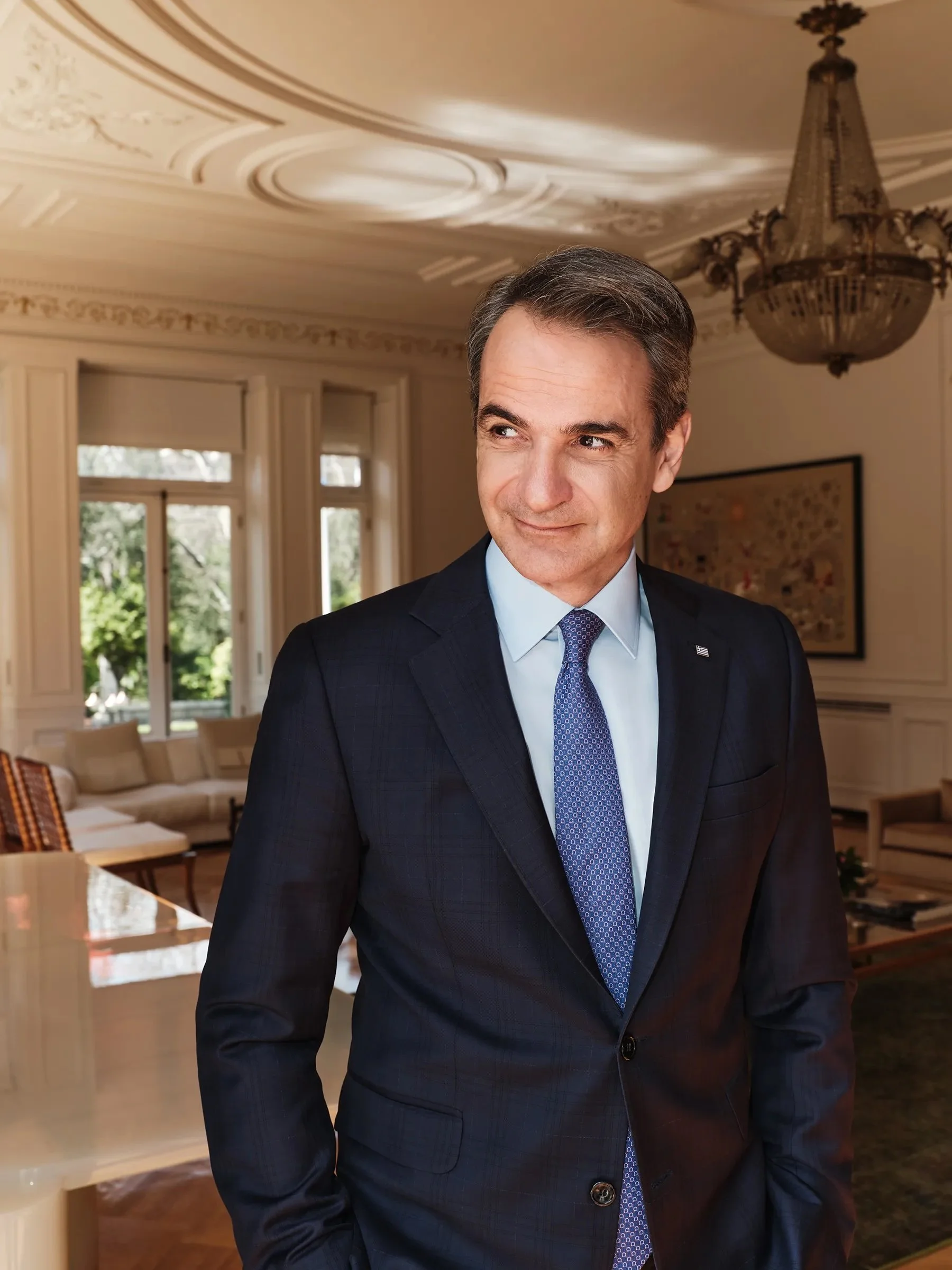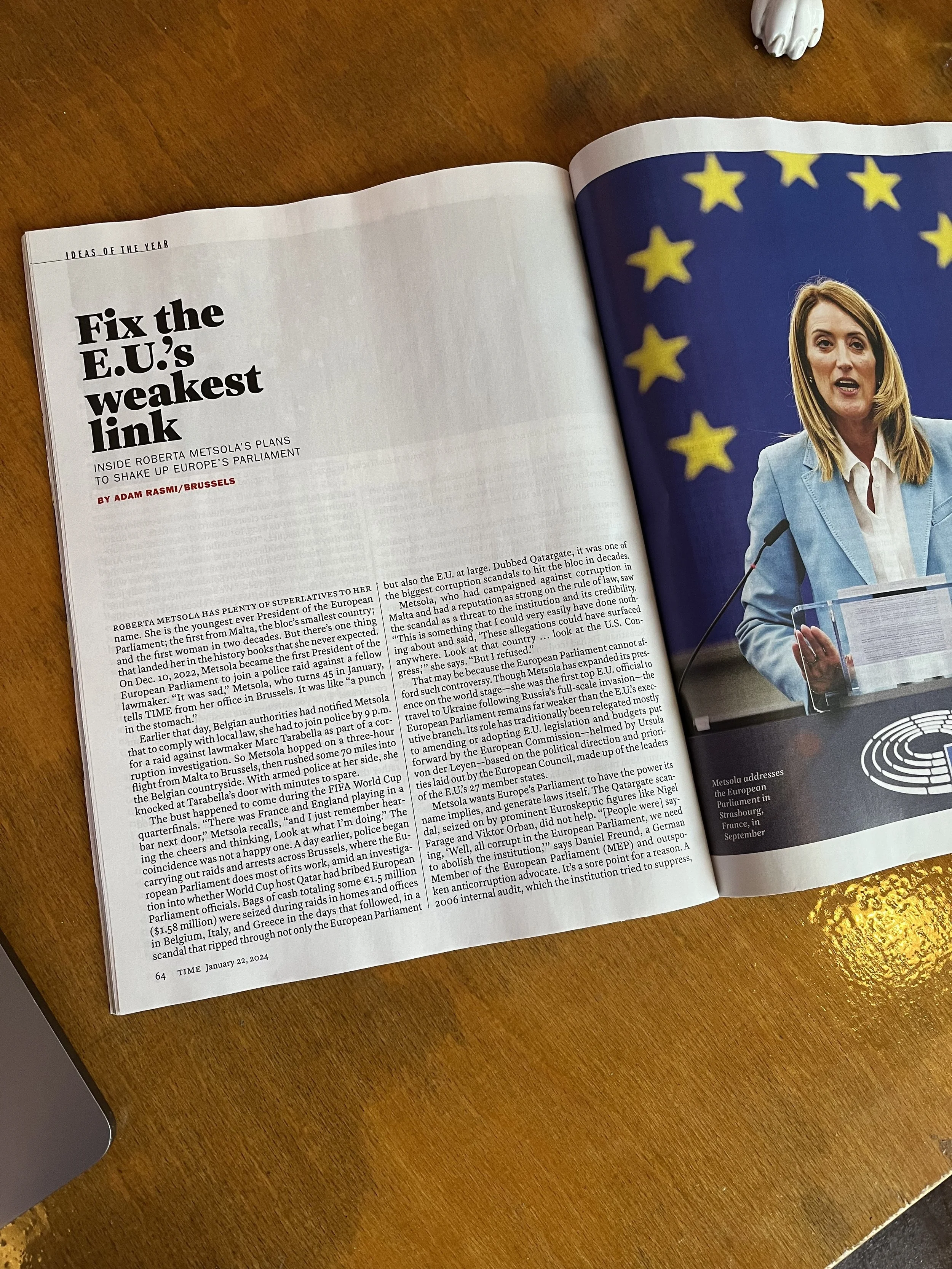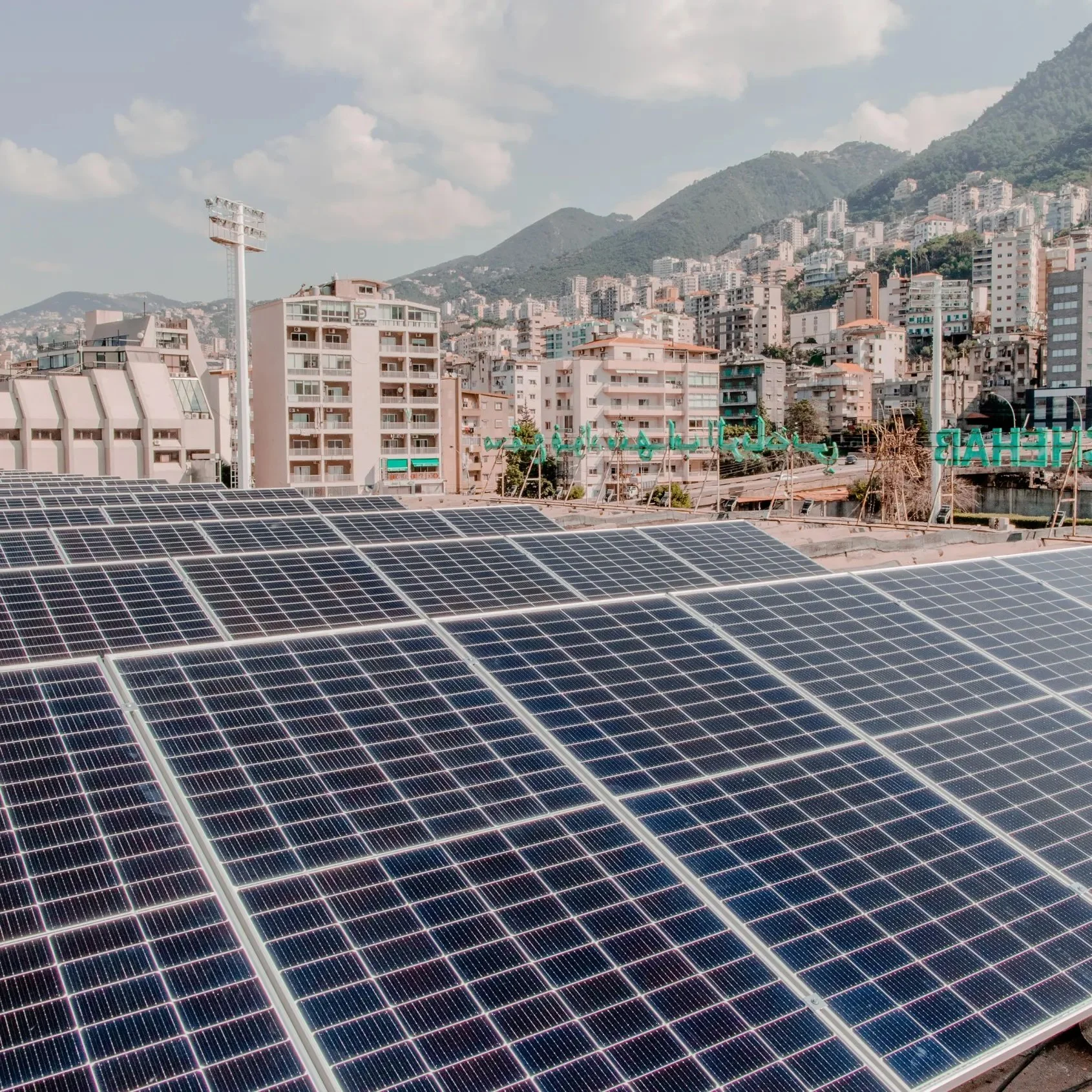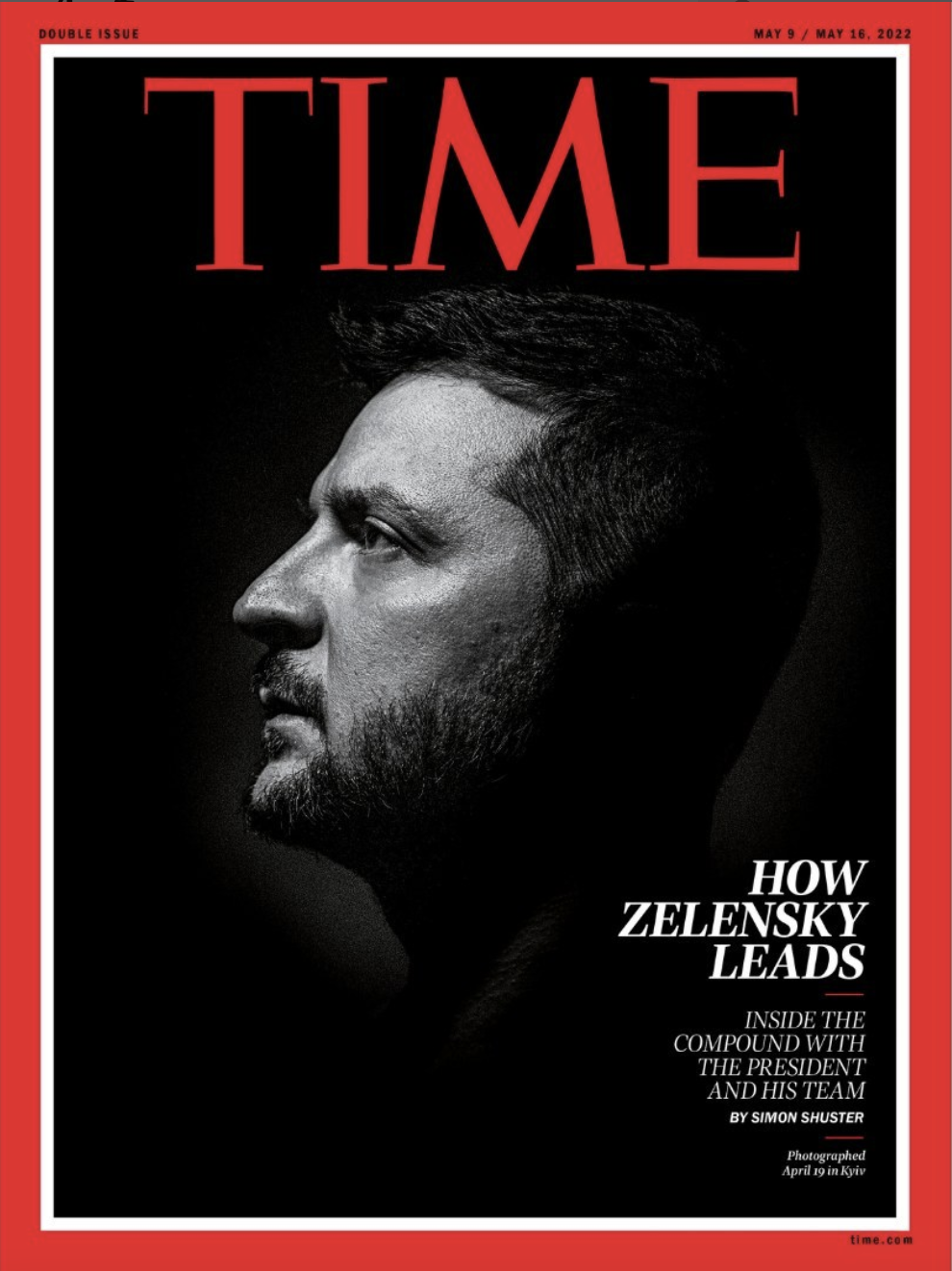About 2,300 ft. above Beirut in the Matn District mountains, Roger Mazloum and his brother Elias greet me on an unusually balmy winter day as they chop wood to help keep their early 20th century home warm before the cold returns. I’m no match for these burlier Lebanese men, who grew up in Broummana, a town of 15,000 people about a dozen miles east of the Lebanese capital, but I politely take my turn, meekly swinging an ax at the tree stump before us. After a lackluster start, and plenty of patience from the pair, something akin to firewood begins to splinter off.
Roger takes me through the family home’s front door—past a living room with traditional Lebanese floor tiles and artwork dedicated to the late Umm Kulthum, the Egyptian titan of Arabic music—and up the stairs to the roof. The pine-covered mountains and a foggy glimpse of the Mediterranean Sea are a pleasant distraction, but the real purpose of the tour is to see the 18 solar panels slightly obscuring the vista. Like tens of thousands of Lebanese people, the Mazloums have turned to solar power to generate reliable—and cost-effective—electricity in a country where the crisis-stricken state provides as little as one or two hours of power a day.
. . .
Read more
